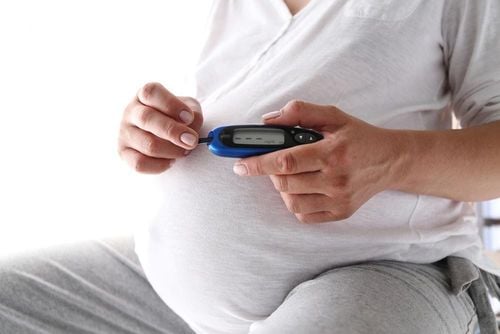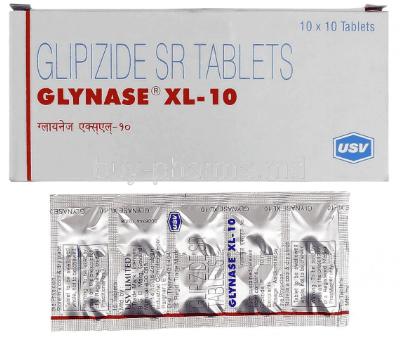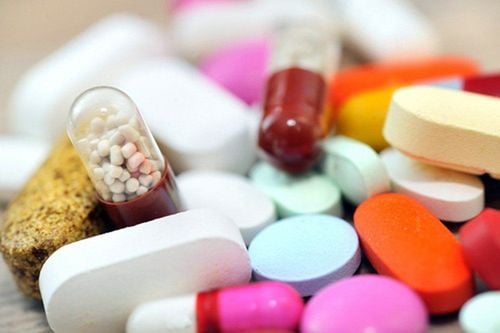This is an automatically translated article.
Article written by BSCK II. Nguyen Xuan Thang, Department of Medical Examination & Internal Medicine, Vinmec Central Park International General Hospital
According to WHO, diabetes is divided into many types. Accurately determining the stage of diabetes in a patient is very important, affecting the treatment and prognosis of the disease in clinical practice. In some cases, the classification of diabetes will be difficult due to several factors. Here is a typical case for this situation.
1. WHO 2019: Classification of diabetes
Type 1 diabetes Type 2 diabetes Mixed forms of diabetes Immune-mediated diabetes that progresses slowly in adults Slowly evolving immune-mediated diabetes of adults (LADA)
Ketosis prone type 2 diabetes
Other specific types of diabetes Monogenic diabetes: includes monogenic defects of β-cell function (MODY, PNDM, TNDM, genetic syndromes) and monogenic defects in insulin action (Monogenic defects in insulin action) ); Diseases of the exocrine pancreas; Endocrine disorders; Caused by drugs or chemicals (Drug- or chemical-induced); Infections (Infections); Other uncommon forms of immune-mediated diabetes; Other genetic syndromes are sometimes associated with diabetes.

Unclassified diabetes Temporarily unclassified without a clear diagnosis.
Hyperglyacemia first detected during pregnancy: includes diabetes in pregnancy and gestational diabetes.
2. The problem of distinguishing type 1 diabetes and type 2 diabetes
Although type 1 diabetes is often detected in childhood, it can still have an adult onset and 84% of people living with type 1 diabetes are adults. Differentiating type 1 diabetes from type 2 diabetes in adults can be challenging clinically.
In addition to affecting clinical treatment and prognosis, misclassification between type 1 diabetes and type 2 diabetes may affect estimates of prevalence and prevalence. incidence. A recent study concluded that 42% of type 1 diabetes occurs after age 30 and accounts for 4% of all diabetes cases diagnosed between the ages of 31 and 60 years.
The clinical features of these patients with type 1 diabetes include lower body mass index, insulin use within 12 months of diagnosis, and increased risk of diabetic ketoacidosis.
In patients with type 1 diabetes, the rate of destruction of pancreatic beta cells may be rapid in some and slow in others. Ketosis may be the first manifestation of the disease. Others may experience mild hyperglycemia that rapidly progresses to severe hyperglycemia and/or ketoacidosis in the presence of infection or other stress.
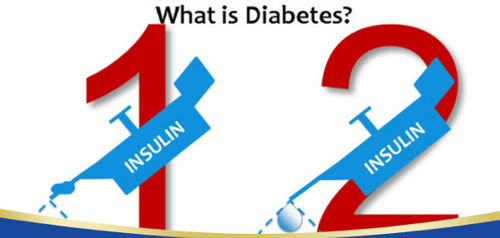
In other cases, especially in adults, pancreatic beta cell function may remain sufficient to prevent ketoacidosis for many years. In the typical case of type 1 diabetes in which little or no insulin is secreted, C-peptide levels in the blood or urine are very low or undetectable. The presence of obesity in individuals with type 1 diabetes is associated with increased obesity in the general population.
Between 70% and 90% of people with diagnosed type 1 diabetes have evidence of immunity to circulating antibodies to pancreatic islet cells, antibodies to glutamic acid decarboxylase (GAD65), antibodies Insulin resistance was found before insulin therapy (autoantibody to insuline: IAA), anti-Tyrosine phosphatase IA-2 antibodies. Measurement of circulating antibodies to pancreatic islet cells remains important for research because it can help elucidate the etiology and pathogenesis of type 1 diabetes.
However, the presence of anti-autoantibodies Pancreatic islets have limited clinical value. The decision to use insulin should not be based on the presence of such markers but on clinical need. This immunological evidence is usually found in people with typical type 1 diabetes but can also be found in some people with type 2 diabetes.
3. Ketosis prone type 2 diabetes
Over 15 years ago, a ketosis-prone form of diabetes was first described in young African-Americans in Flatbush, New York, USA, as a variant of type 2 diabetes. This phenotype was subsequently reported in populations in sub-Saharan Africa but is least common in populations of European descent.
Usually, these patients are prone to ketosis, which is seen as evidence of severe insulin deficiency, which then goes into remission and does not require insulin therapy. Reports show that subsequent ketotic episodes occur in 90% of these individuals within 10 years, after which the pancreatic beta cells' ability to secrete insulin begins to significantly recover. \

The pathogenesis is unclear and no genetic or immunological evidence has been found. It is recommended to consider the possibility of type 2 diabetes mellitus predisposing to ketosis in adult diabetic patients of all ethnicities (except the Caucasian population) who exhibit ketosis, but have most of the following characteristics. features of type 2 diabetes. However, the diagnosis can only be established over time.
4. Clinical case
Male patient, 45 years old. There is no family history of diabetes. I myself have no medical history. Pulse and blood pressure within normal limits. BMI 27.6 kg/m2. Hospitalization in the setting of newly discovered diabetes mellitus, severe ketoacidosis, electrolyte disturbances, acute renal failure, and mild pneumonia. Over a 4-day period, the patient received an infusion of glucose-regulating insulin, fluids, electrolytes, and acid-base. Blood sugar and pneumonia are stable, acid-base and electrolytes are in balance.
However, on the fifth day the patient re-established severe ketoacidosis when the infusion and insulin dose were reduced. After discharge from the hospital, the patient was maintained with mixed insulin 3 times a day for 1 month, stable blood sugar status with diet and exercise.
5 weeks after discharge, the patient was re-admitted with a third severe ketoacidosis after discontinuing 2 daily doses of insulin and replacing it with oral hypoglycemic tablets without evidence of infection or other factors. other stress.
The results of the insulin test were not low (the patient was already on insulin) but the blood C peptide level was very low and no antibodies to Glutamic Acid Decarboxylase (anti GAD) or antibodies to anti-Glutamic Acid Decarboxylase (anti-GAD) were found. pancreatic islet cells (ICA).
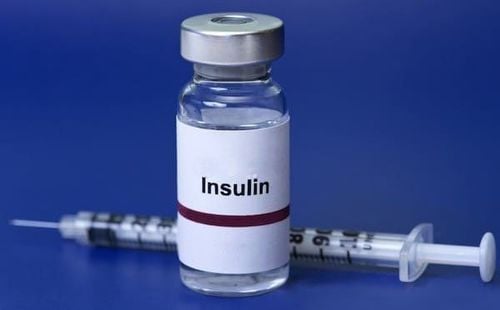
4.1 Comments
Patient has age and phenotype of type 2 diabetes; Ease of re-infection with severe ketoacidosis, even without evidence of stress factors. Blood insulin levels are within normal limits (Patients maintain insulin injections 3 times daily); Very low C peptide levels (both fasting and postprandial); No antibodies present: Anti-Glutamic Acid Decarboxylase (anti-GAD) or anti-pancreatic islet cell (ICA) antibodies; Anti-islet antibodies and anti-insulin antibodies were not performed.
4.2 Discussion
The patient's general condition, phenotype, and age appear to be consistent with type 2 diabetes. There is no evidence of immune antibodies, although C peptide levels are very low both fasting and postprandial. The patient cannot stop insulin and falls into severe ketoacidosis immediately in the absence of insulin even 1-2 doses in the absence of any stressors.
In the vast majority of cases of type 2 diabetes, after resolving the stress (infection, ketones, ..), the patient may respond to oral hypoglycemic agents, with or without combination. requires insulin combination. In this case, the patient may have type 1 diabetes or may be a ketosic form of type 2 diabetes.
But differential diagnosis takes time. If the patient is a type 2 diabetes prone to ketosis, then the patient will have the opportunity to stop insulin after the time of pancreatic beta cell recovery according to the WHO 2019 classification. If this is indeed a case of diabetes, With type 1 diabetes, the patient will not be able to stop insulin, despite insufficient evidence and not consistent with the type 1 diabetes phenotype.

Clinically, the immediate goals are still to stabilize blood sugar according to the patient's diet and exercise and to provide enough insulin to avoid the ketoacidosis that may recur when the patient stops insulin. It is necessary to explain to the patient about the condition that still requires monitoring and the direction of treatment and long-term monitoring to avoid the case that the patient voluntarily stops insulin and will have similar severe ketoacidosis.
Currently, Vinmec International General Hospital is providing a Diabetes Screening Package to help patients detect the disease early and improve treatment efficiency.
With this package, patients will receive:
Endocrine CK Exam (by appointment) Oral Tolerance Test (for customers with suspicious fasting blood sugar results) Glucose Measurement HbA1c Measurement Acidity Uric Determination of Cholesterol Determination of HDL-C (High density lipoprotein Cholesterol) Determination of LDL-C (Low density lipoprotein Cholesterol) Determination of Triglycerides Determination of Urea Determination of Creatinine Measurement of AST Activity (GOT) Measurement of ALT Activity (GPT) GGT (Gama Glutamyl Transferase) activity
Please dial HOTLINE for more information or register for an appointment HERE. Download MyVinmec app to make appointments faster and to manage your bookings easily.





